French painter, lithographer and illustrator Henri de Toulouse-Lautrec was one of the most important artists of 19th-century Paris.
He was born on November 24, 1864 in the southern French town of Albi. His parents were first cousins, and as a boy Toulouse-Lautrec grew to no more than one and a half meters tall and had short, weak legs. Unable to move as freely as most children, he began to paint at age 10. In 1884, Toulouse-Lautrec moved to the Parisian neighborhood of Montmartre, popular among artists at the time. He saw the work of Edgar Degas and met Vincent van Gogh, whose portrait he would later paint.
Toulouse-Lautrec’s style had elements of Impressionism, the artistic movement known for landscapes painted en plein air, or outdoors. But his favorite subjects were everyday urban scenes. His “Redhead with a White Blouse” and “In Bed” depict the simplicity of Montmartre’s humble craftsmen, washerwomen and children. Toulouse-Lautrec only painted scenes from real life and never made his subjects pose. Montmartre was a neighborhood of pleasure, café life and brothels. Throughout the 1890s, Toulouse-Lautrec painted dancers and prostitutes. But he refused to cast moral judgments in his artwork, striving instead to show how men and women retained their dignity and nobility of spirit despite their vices. In 1896 he painted “La toilette,” which opened a window onto life in the brothels where the artist spent many of his days. He painted the work on location. Using a small number of colors, Toulouse-Lautrec actually left parts of the grey canvas unpainted. In the 1894 work “Au Salon de la Rue des Moulins,” the inside of a brothel became emblematic of hedonistic city life. Toulouse-Lautrec’s works depicted the world glamorized in publicity posters, some of which he painted as well. His “Moulin Rouge: la Goulue” of 1891 stands out for its originality.
The geometrical design of Japanese prints served as a great inspiration for Toulouse-Lautrec’s posters. The foreign art form’s influence was particularly evident in his advertisements for Jane Avril, which later immortalized the can-can dancer. Toulouse-Lautrec used an innovative lithographic technique that made advertising copy easily comprehensible. The artist was not immune to the vices of the world he portrayed. He developed a drinking problem and suffered from depression. Toulouse-Lautrec died in 1901. He was 36. More than his paintings, Toulouse-Lautrec’s posters greatly influenced artists who came after him. His posters marked a turning point in the field of advertising.
He was born on November 24, 1864 in the southern French town of Albi. His parents were first cousins, and as a boy Toulouse-Lautrec grew to no more than one and a half meters tall and had short, weak legs. Unable to move as freely as most children, he began to paint at age 10. In 1884, Toulouse-Lautrec moved to the Parisian neighborhood of Montmartre, popular among artists at the time. He saw the work of Edgar Degas and met Vincent van Gogh, whose portrait he would later paint.
Toulouse-Lautrec’s style had elements of Impressionism, the artistic movement known for landscapes painted en plein air, or outdoors. But his favorite subjects were everyday urban scenes. His “Redhead with a White Blouse” and “In Bed” depict the simplicity of Montmartre’s humble craftsmen, washerwomen and children. Toulouse-Lautrec only painted scenes from real life and never made his subjects pose. Montmartre was a neighborhood of pleasure, café life and brothels. Throughout the 1890s, Toulouse-Lautrec painted dancers and prostitutes. But he refused to cast moral judgments in his artwork, striving instead to show how men and women retained their dignity and nobility of spirit despite their vices. In 1896 he painted “La toilette,” which opened a window onto life in the brothels where the artist spent many of his days. He painted the work on location. Using a small number of colors, Toulouse-Lautrec actually left parts of the grey canvas unpainted. In the 1894 work “Au Salon de la Rue des Moulins,” the inside of a brothel became emblematic of hedonistic city life. Toulouse-Lautrec’s works depicted the world glamorized in publicity posters, some of which he painted as well. His “Moulin Rouge: la Goulue” of 1891 stands out for its originality.
The geometrical design of Japanese prints served as a great inspiration for Toulouse-Lautrec’s posters. The foreign art form’s influence was particularly evident in his advertisements for Jane Avril, which later immortalized the can-can dancer. Toulouse-Lautrec used an innovative lithographic technique that made advertising copy easily comprehensible. The artist was not immune to the vices of the world he portrayed. He developed a drinking problem and suffered from depression. Toulouse-Lautrec died in 1901. He was 36. More than his paintings, Toulouse-Lautrec’s posters greatly influenced artists who came after him. His posters marked a turning point in the field of advertising.
RELATED
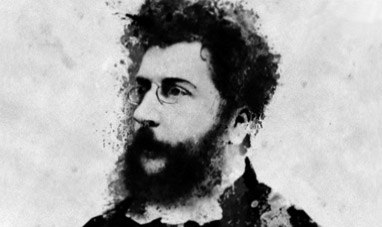

GEORGES BIZET
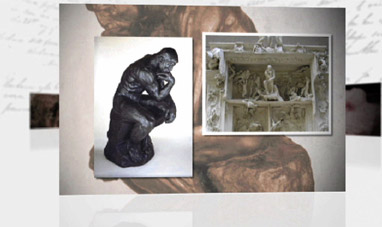

AUGUSTE RODIN


JOHANNES BRAHMS


RITA HAYWORTH


QUENTIN TARANTINO
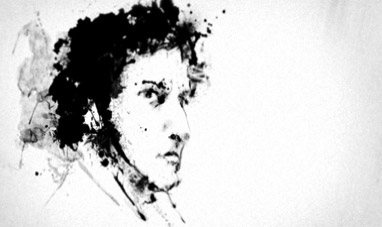

FRÉDÉRIC CHOPIN


JOHN WAYNE
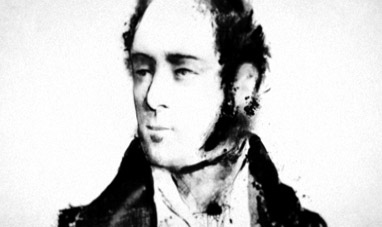

VINCENZO BELLINI
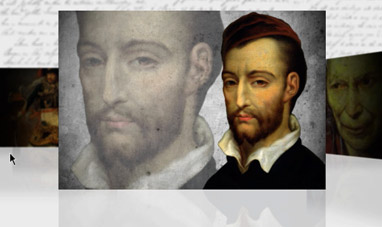

THÉODORE GÉRICAULT


MICHELANGELO ANTONIONI
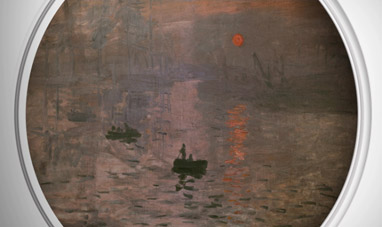

IMPRESSION, SUNRISE


ADOLF LOOS


STANLEY KUBRICK
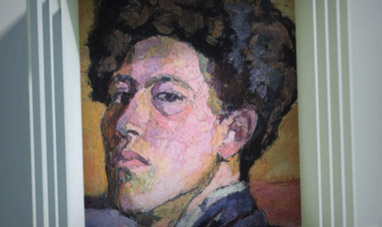

ALBERTO GIACOMETTI
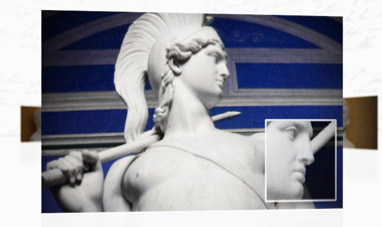

BERTEL THORVALDSEN
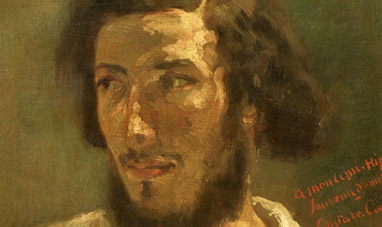

GUSTAVE COURBET


GEORGE BALANCHINE


PHARRELL WILLIAMS


MARCELLO MASTROIANNI


STEVEN SPIELBERG


PUBLISHERS AND ADVERTISING
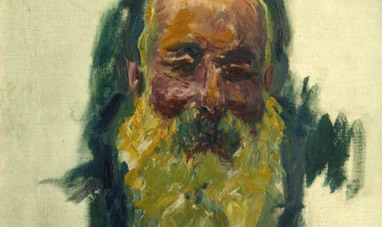

CLAUDE MONET


GIAN MARIA VOLONTÉ


PARIS
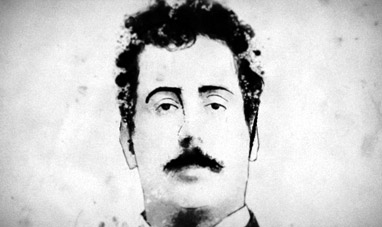

GIACOMO PUCCINI
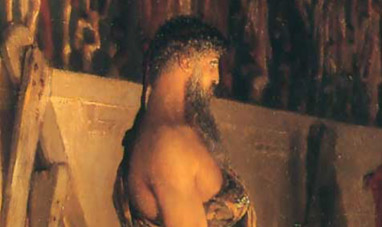

PHIDIAS
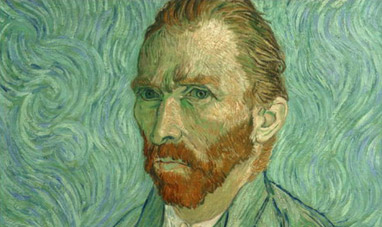

VINCENT VAN GOGH
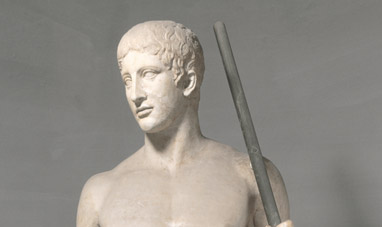

POLYCLEITUS


ANDREI TARKOVSKY


KARL FRIEDRICH SCHINKEL
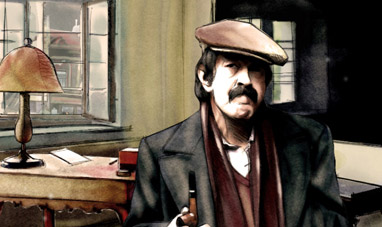

GÜNTER GRASS


JEAN AUGUSTE DOMINIQUE INGRES
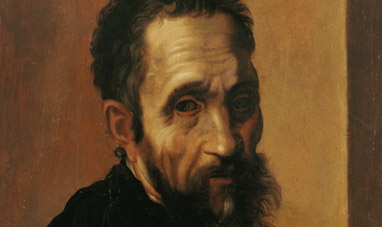

MICHELANGELO BUONARROTI


AKIRA KUROSAWA


RUDOLF NUREYEV


BRAD PITT
